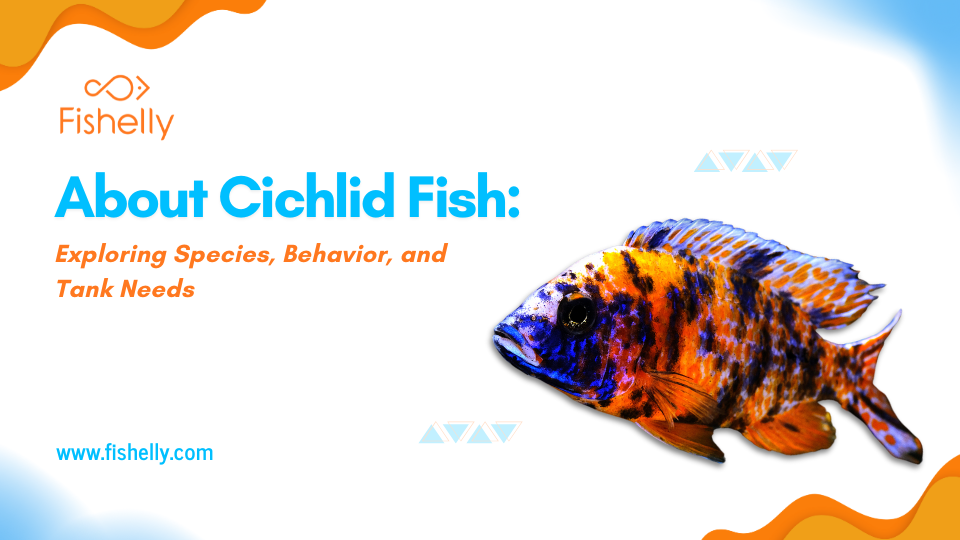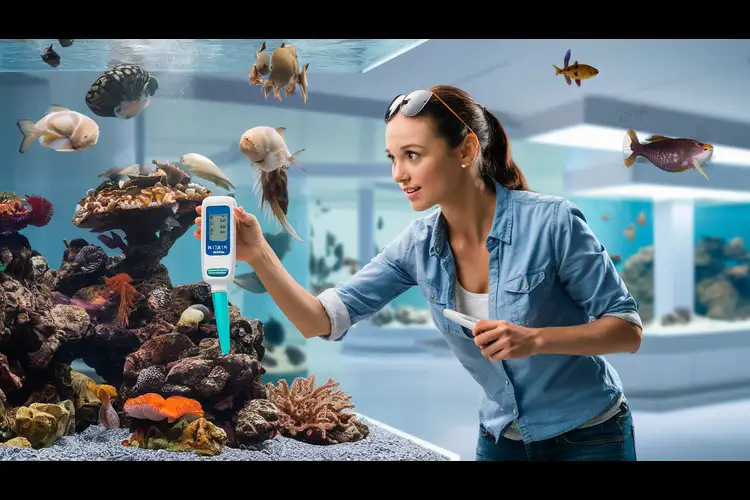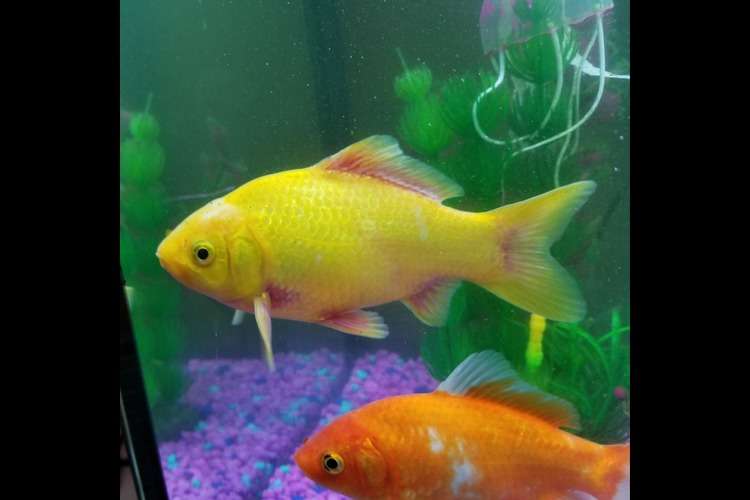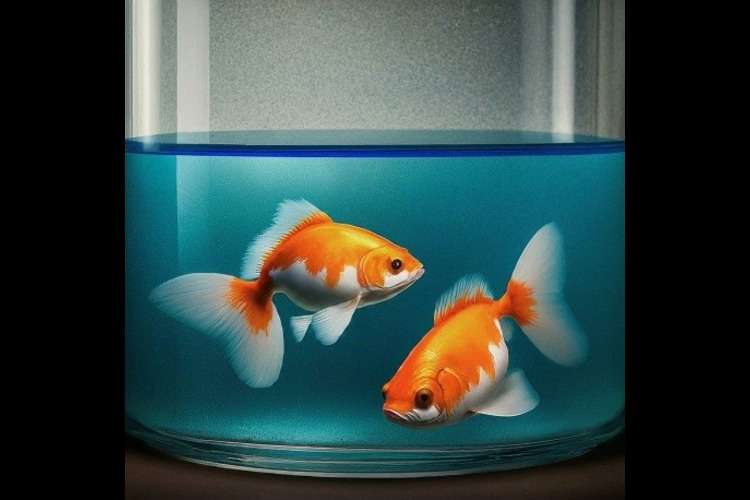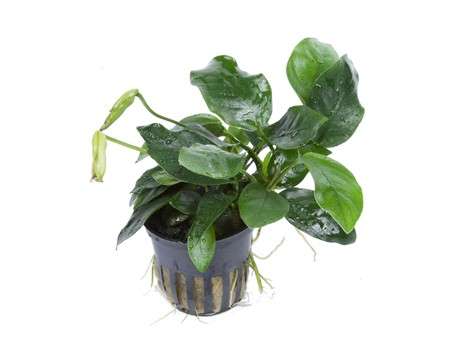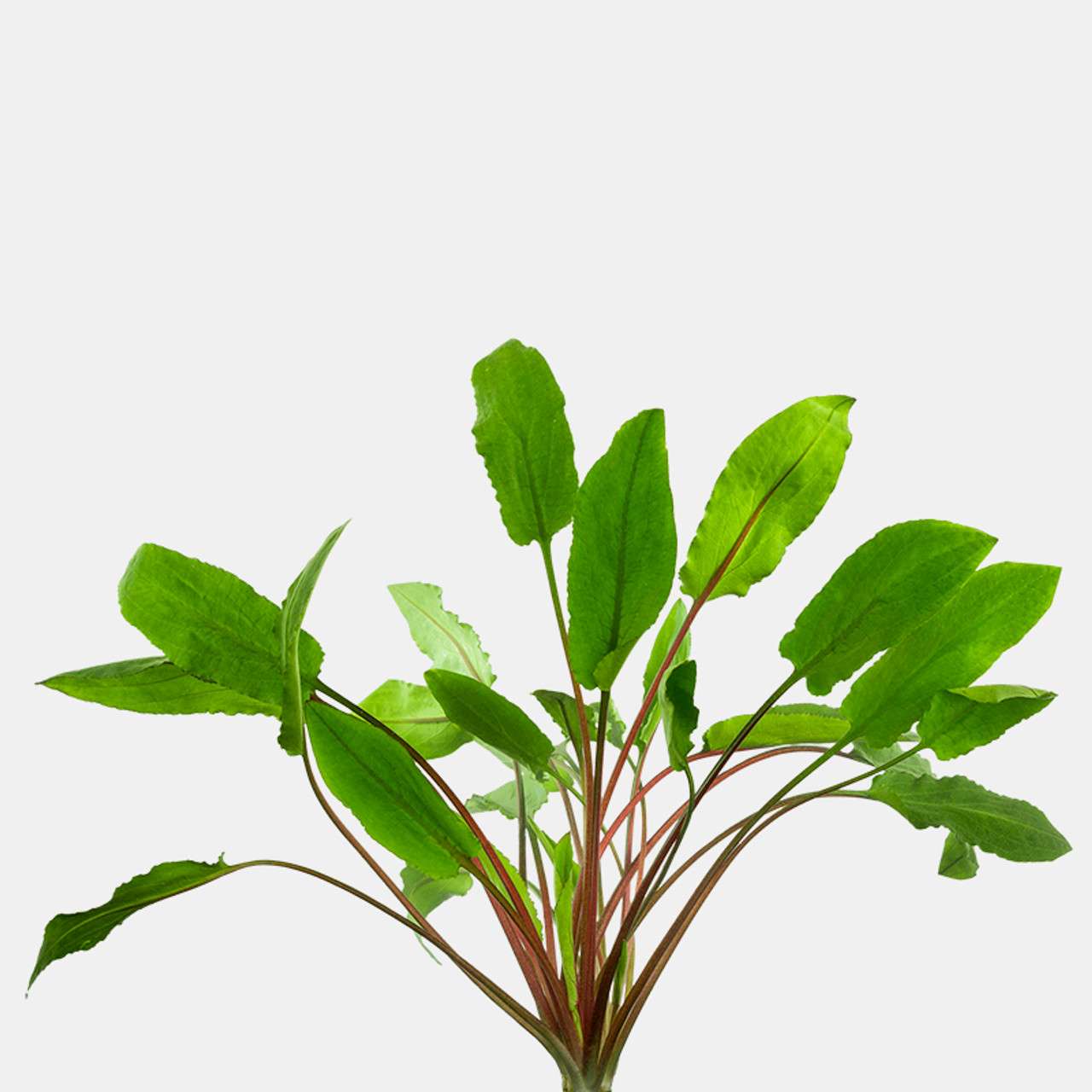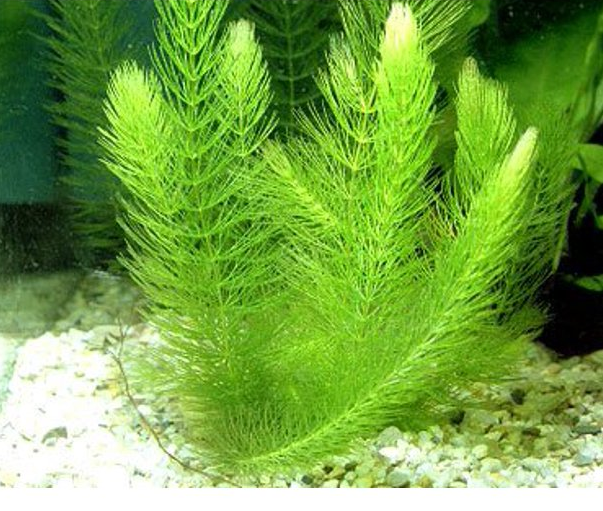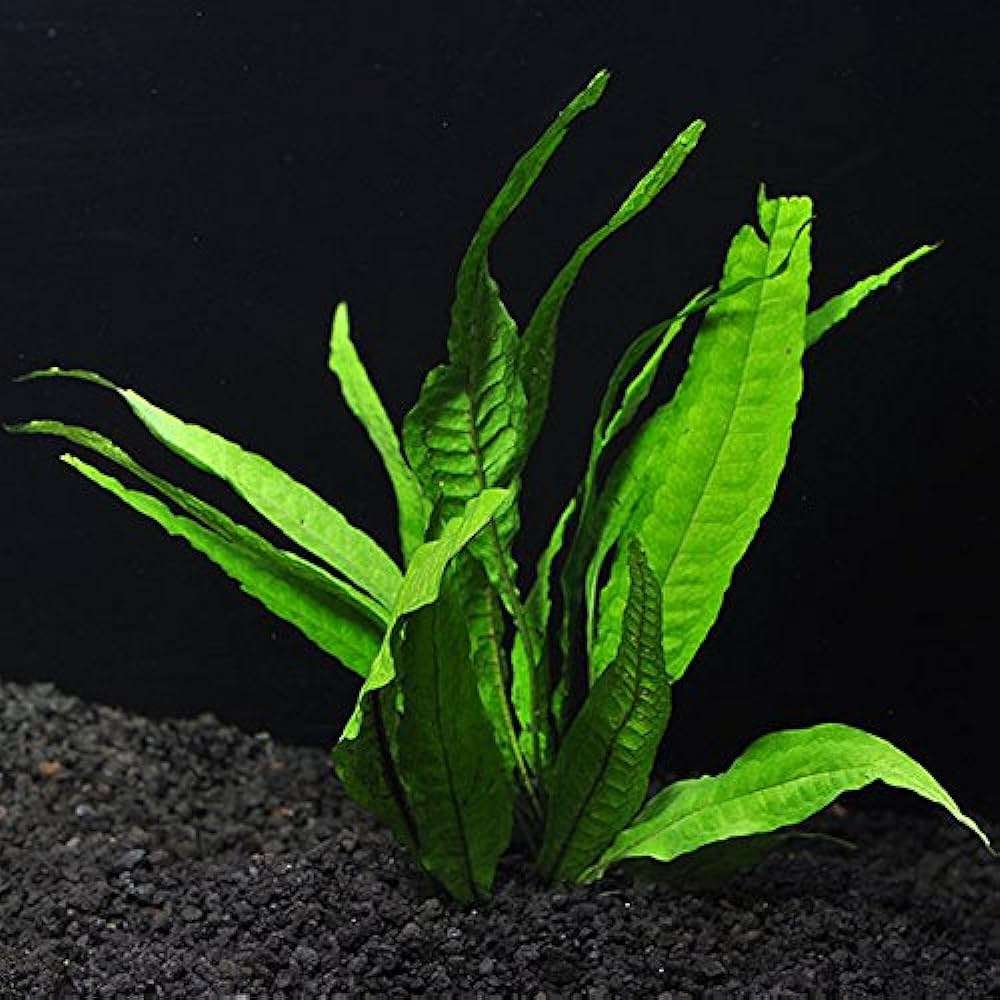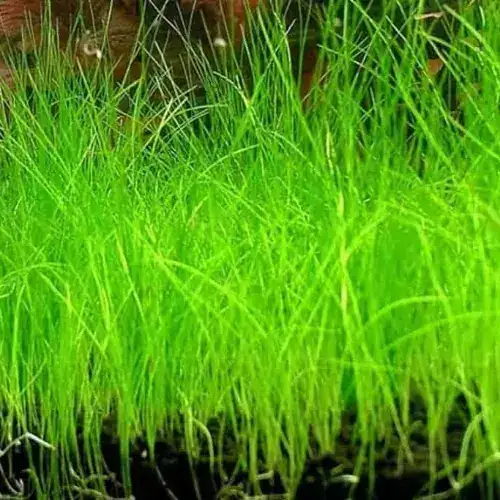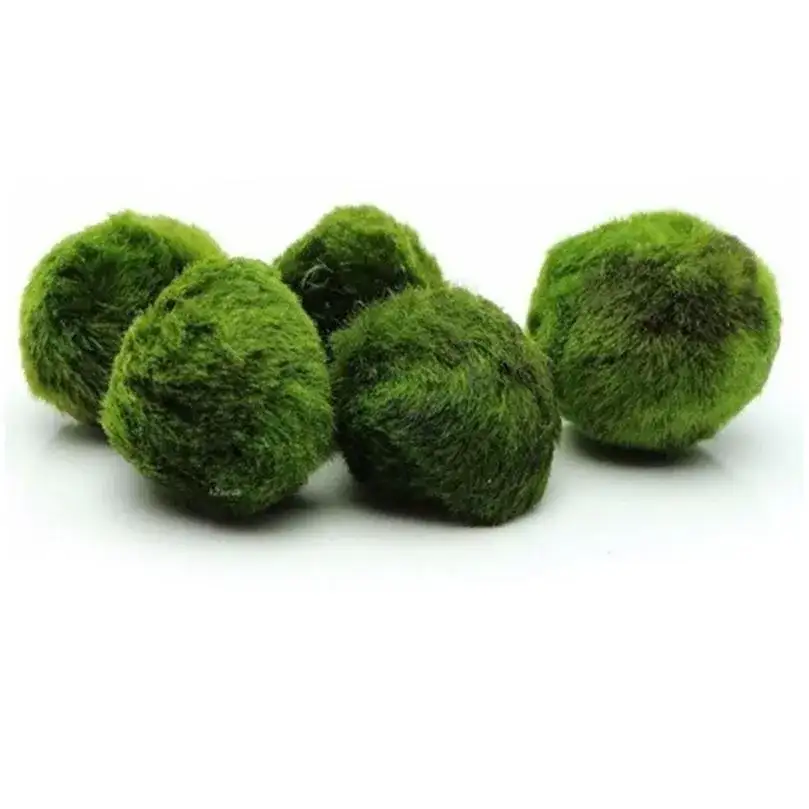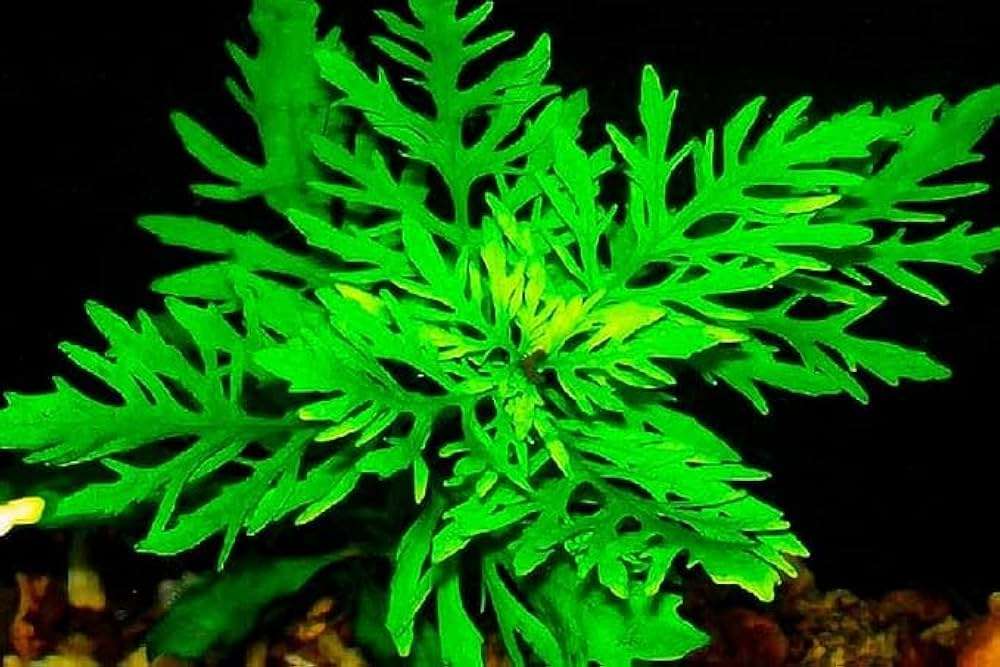About Cichlid Fish: Exploring Species, Behavior, and Tank Needs
Explore the vibrant world of cichlid fish. Learn about their care, behavior, and tank needs to create the perfect environment for these captivating freshwater species.
- Native Habitat
- Species Diversity
- Size and Lifespan
- Group Behavior
- Tank Requirements
- Diet and Feeding
- Breeding Cichlids
- Do’s and Don’ts for Cichlid Care
- How to Keep Cichlids Healthy
- Fun Facts About Cichlids
- Faq
- Conclusion
Cichlid fish are among the most diverse and fascinating freshwater species, widely popular in the aquarium hobby. Known for their vibrant colors, unique behaviors, and adaptability, cichlids are a favorite among both beginner and experienced fishkeepers. Here’s everything you need to know about these remarkable fish.

Native Habitat
Cichlids are native to freshwater habitats in Africa, South and Central America, and parts of Asia. The African Great Lakes—Lake Malawi, Lake Tanganyika, and Lake Victoria—are home to the most diverse species, while the Amazon River basin in South America houses many other unique varieties.

Species Diversity
There are over 1,600 scientifically described cichlid species, with more being discovered regularly. Some popular varieties include:
African cichlids (e.g., Peacock, Mbuna, and Frontosa)
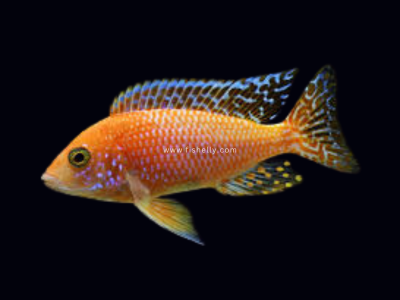
South American cichlids (e.g., Angelfish, Discus, and Oscars)

Dwarf cichlids (e.g., Ram cichlids and Apistogramma)

Size and Lifespan
Cichlid sizes range from 1 inch (dwarf cichlids) to over 30 inches (Emperor cichlids). With proper care, they can live 8–15 years depending on the species, making them a long-term commitment.
Group Behavior
Cichlids exhibit fascinating social behaviors. While some species thrive in groups (e.g., Mbuna cichlids), others are territorial and prefer solitude (e.g., Oscars). Their group dynamics often depend on the tank setup and available space.

Tank Requirements
Tank Size: Varies by species, with most cichlids needing a minimum of 30 gallons. Larger species like Oscars require 75+ gallons.
Water Temperature: Ideal range is 74–82°F (23–28°C).
Water Type: Prefer soft to moderately hard water with pH levels of 6.5–8.5.
Substrate & Décor: Sandy substrate and plenty of hiding spots like rocks and caves mimic their natural habitat.
Filtration: Strong filtration is crucial as cichlids are messy eaters.
Diet and Feeding
Cichlids have varied dietary needs depending on the species:
Herbivores: Feed on algae and plant matter (e.g., Spirulina, blanched vegetables).
Carnivores: Require protein-rich diets (e.g., brine shrimp, bloodworms).
Omnivores: Need a mix of vegetables and proteins.
A balanced diet includes high-quality cichlid pellets, frozen foods, and occasional live food. Feed them 1–2 times daily in small quantities to avoid overfeeding.

Breeding Cichlids
Male Cichlids
• Often larger in size.
• Exhibit brighter and more vibrant colors.
• Tend

Female Cichlids:
• Generally have rounder bodies.
• Less colorful compared to males.
• Incubate eggs in their mouths (for mouthbrooding species) or guard the eggs on flat surfaces until they hatch.

Breeding Tips:
Provide flat stones, caves, and optimal water conditions to encourage spawning.
Do’s and Don’ts for Cichlid Care
Do’s:
• Maintain consistent water parameters.
• Provide hiding spots to reduce stress.
• Research species compatibility before adding tankmates
Don’ts:
• Avoid overcrowding the tank.
• Don’t mix aggressive cichlids with peaceful fish.
• Never use untreated tap water..
How to Keep Cichlids Healthy
• Perform regular water changes (25–50% weekly).
• Monitor water parameters using a test kit.
• Observe their behavior daily for signs of illness.
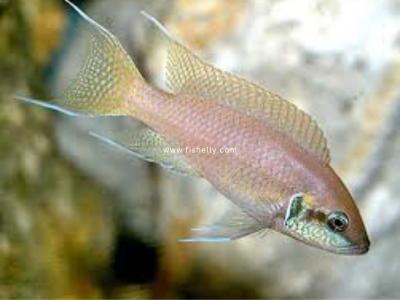
Fun Facts About Cichlids
• Cichlids are intelligent and can recognize their owners.
• They exhibit parental care, often guarding their eggs and fry.
• The Nile tilapia, a cichlid, was cultivated by ancient Egyptians.
Faq
1.What are cichlid fish?
Colorful and diverse freshwater fish popular in aquariums.
2.Where are cichlids found?
Native to Africa, South and Central America, and parts of Asia.
3. How many types of cichlids are there?
Over 1,600 species.
4. How big do cichlids get?
From 1 inch (dwarfs) to over 30 inches (large species).
5. How long do cichlids live?
8–15 years with proper care.
6. Are cichlids social fish?
They can be either social or territorial, depending on the species.
7. What size tank do cichlids need?
Minimum of 30 gallons, larger species need more.
8. What kind of water do cichlids need?
Soft to moderately hard water with a pH of 6.5–8.5, temperature 74–82°F.
9. What should I feed my cichlids?
Varied diet: herbivores, carnivores, or omnivores depending on species.
10. How do cichlids breed?
Some are mouthbrooders, others lay eggs on surfaces.
11. How can I tell if my cichlids are male or female?
Males are larger and more colorful; females are rounder.
12. How can I create the best environment for breeding cichlids?
Provide flat stones, caves, and optimal water conditions.
13. What should I do to care for my cichlids?
• Do: maintain water quality, provide hiding spots.
• Don’t: overcrowd, mix aggressive cichlids with peaceful fish.
14. How can I keep my cichlids healthy?
Regular water changes, monitor water quality, and watch for illness.
15. Do cichlids recognize their owners?
Yes, they are intelligent and can recognize their owners.
16. Do cichlids show parental care?
Yes, many species guard their eggs and fry.
17. What are some fun facts about cichlids?
They’re intelligent, recognize owners, and have historical significance.
18. Are cichlids good for beginners?
Yes, they are great for both beginners and experienced aquarists with proper care.
Conclusion
Cichlids are a rewarding fish to keep, offering vibrant colors, fascinating behaviors, and a glimpse into the aquatic world. With proper care and attention, they can thrive and become the centerpiece of your aquarium. Whether you’re a beginner or an experienced aquarist, cichlids are sure to add beauty and excitement to your fishkeeping journey.
